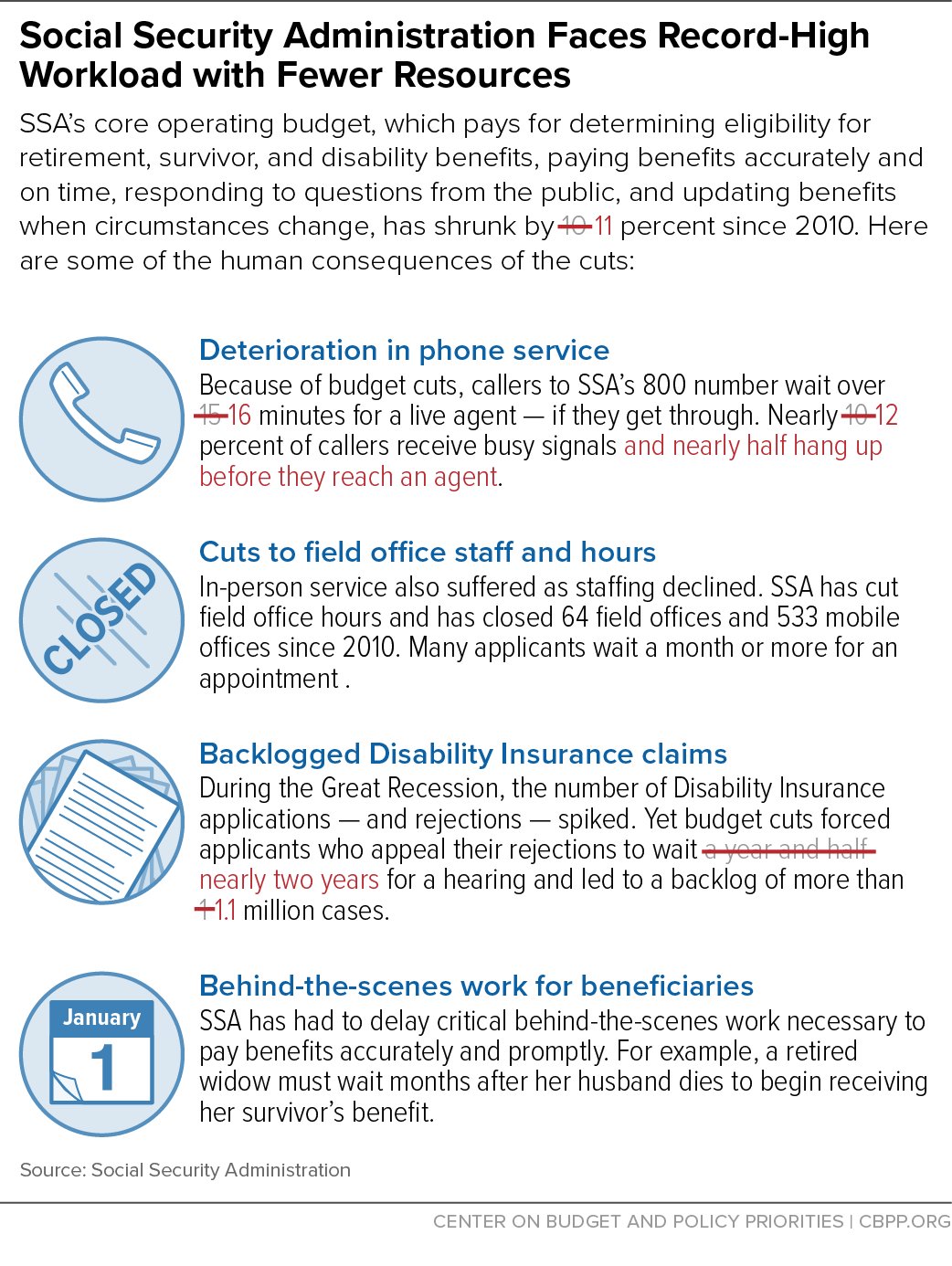From WTVQ:
A new report issued Tuesday shows an increase of staggering proportions in the number of Kentucky adults and children receiving disability benefits. The report was prepared by Kentucky’s Disability Determination Services (DDS) ...
The groundbreaking study of outcomes covers a 35-year timeframe between 1980-2015. During that time, Kentucky's population grew by 21 percent while its combined disability enrollment grew exponentially by 249 percent. Childhood enrollment growth was an astounding 449 percent.
In 2015, 11.2 percent of Kentuckians were receiving some form of disability benefit payment, which is the second highest percentage in the country. ...
As the rolls have increased, so has the rate of controlled substance prescriptions. Per capita opioid prescriptions for SSI/Medicaid adult recipients have increased from 47.58 doses in 2000 to 147.29 doses in 2015, a 210 percent increase. Per capita psychotropic prescriptions SSI/Medicaid children have increased from 272.61 doses in 2000 to 456.87 doses in 2015, an increase of 168 percent. ...
The report states Social Security disability benefit dependence should be created by genuinely disabling conditions which permanently preclude individuals from ever performing remunerative work. For people so afflicted, the integrity and solvency of the system must be preserved. Tragically, some individuals in Kentucky have never experienced life without public assistance. The culture within the Social Security Administration (SSA) is described as a bureaucratic institution, the SSA is motivated to protect and, if possible, expand the scope of its activities across the full horizon of its operational domain. For the SSA, claims and beneficiaries equal budget. This simple equation drives the SSAs internal culture thereby making it a significant obstacle to long-term change.An outline for SSA reforms is laid out in the report and includes a recommendation for an overhaul of the SSA Program Operations Manual System (POMS) to include:1) Mandate the use of objective medical evidence using best practices in forensic evaluation to determine benefit eligibility. Objective evidence of injury or illness must be paired with objective functional capacity evaluations that include cross-validation and intra-test reliability protocols which measure the legitimacy of demonstrated physical effort and limitation.2) Mandate the use of best practices in forensic psychological evaluation to include symptom and performance validity tests such as the Miller Forensic Assessment of Symptoms Test (M-FAST), the Structured Inventory of Malingered Symptomatology (SIMS), the Test of Memory and Malingering (TOMM), and the Rey 15 Item Memory Test. These tests should be accompanied with the application of clinical thresholds of benefit eligibility.3) Remove all subjective non-severe conditions from the listing of eligible conditions and require mandatory termination reviews for all recoupable conditions based on clinically accepted recovery timelines.4) Eliminate the SSAs Medical Improvement evidentiary standard of continuing disability review in favor of an Objective Functionality review founded upon objective forensic evaluation standards.5) Cease payment of benefits upon CDR termination pending the outcome of an appeal to an ALJ.6) Eliminate the SSAs Lost Folder policy which restricts the re-evaluation of a beneficiary whose file has been lost. This policy is referred to as the Golden Ticket because the individual whose file is lost will likely receive benefits for the rest of his/her life without any prospect of termination. ...

